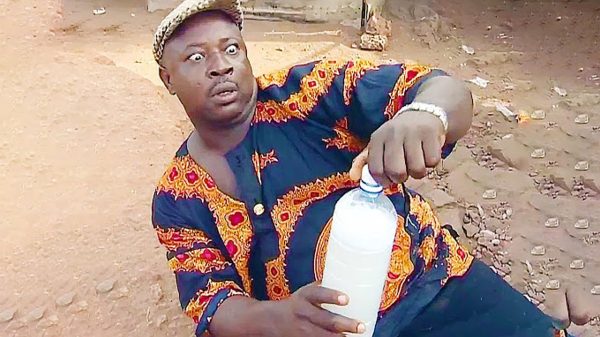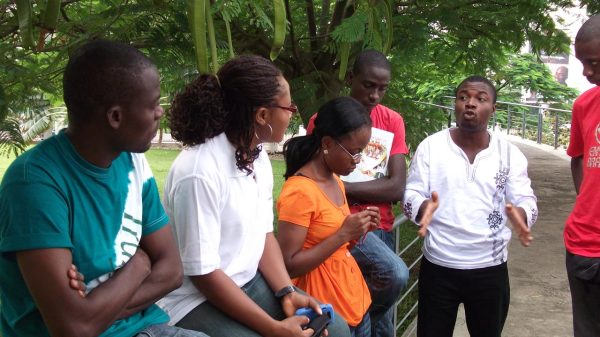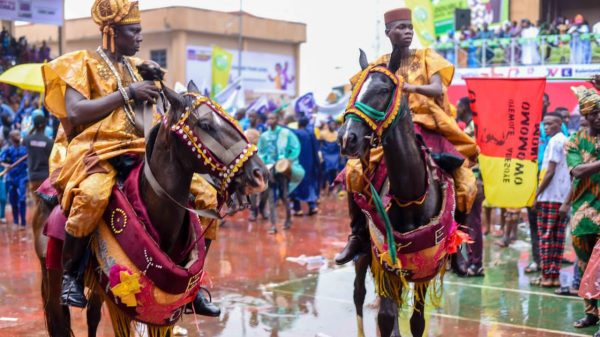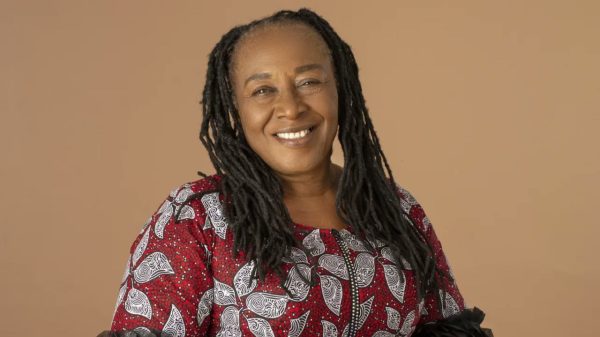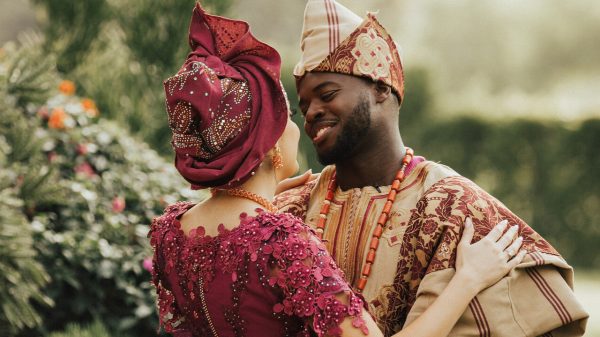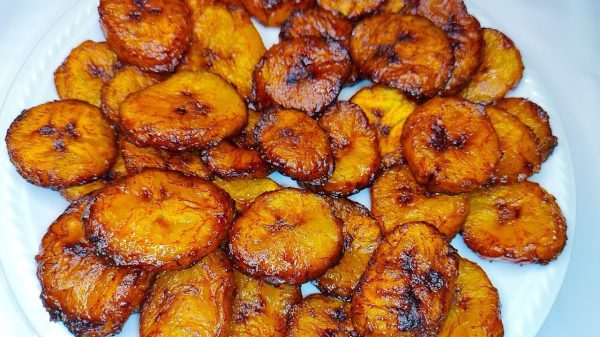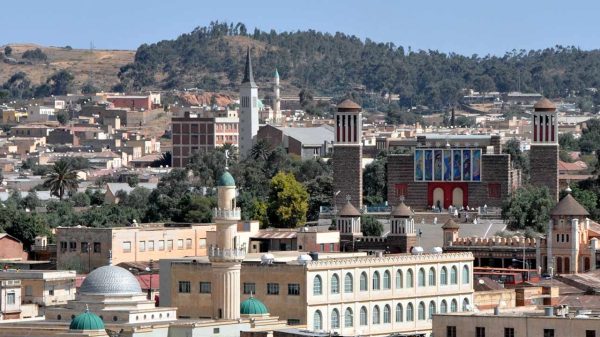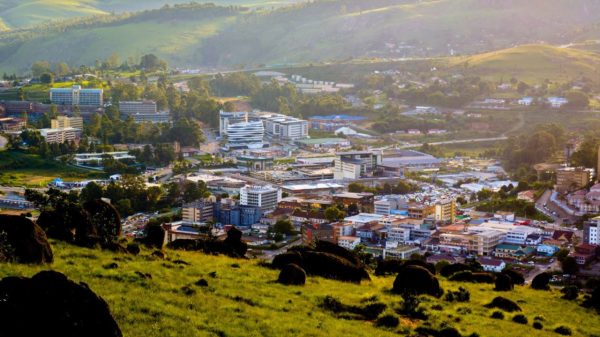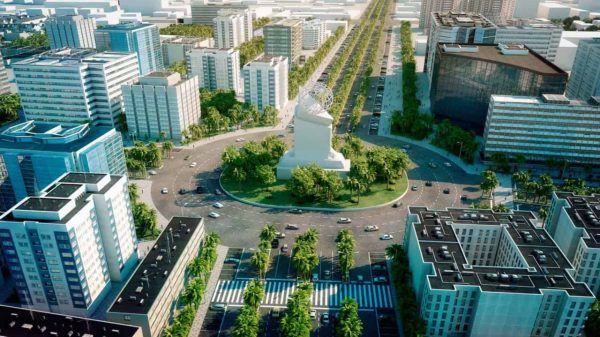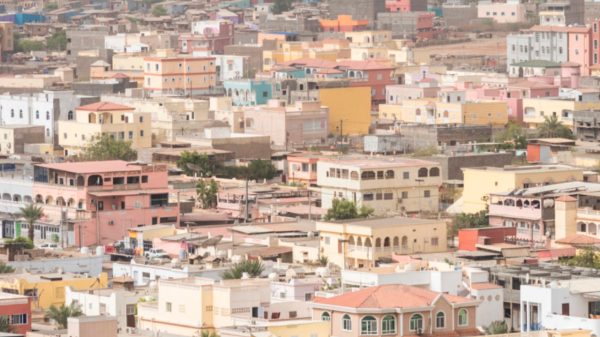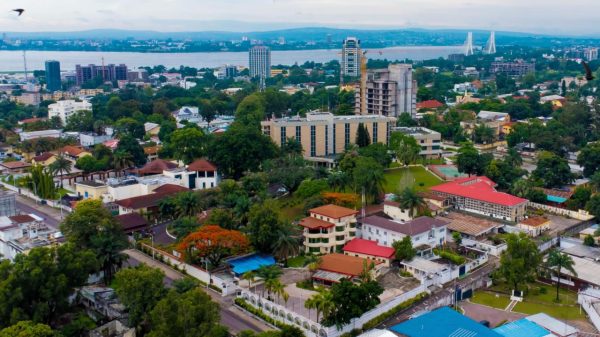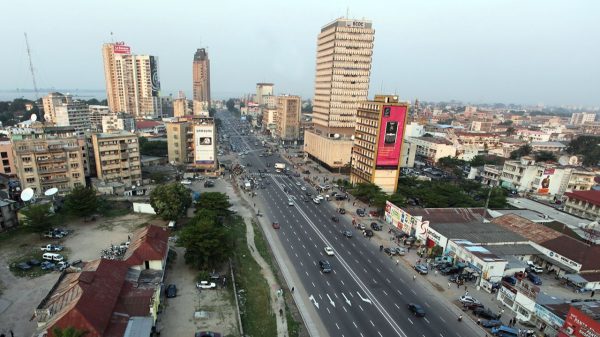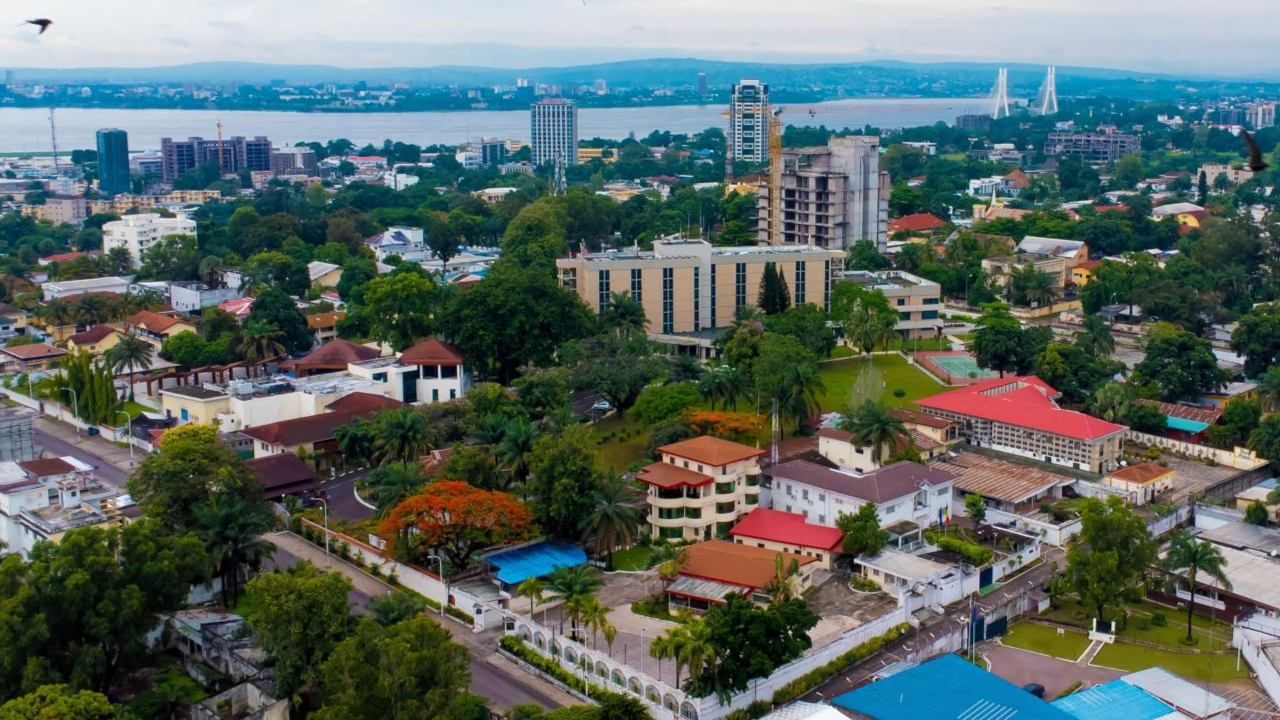Bordering the vast Democratic Republic of the Congo, the Republic of the Congo, often called Congo-Brazzaville, possesses its own distinct identity and fascinating history.
From its lush rainforests, teeming with unique wildlife, to its vibrant cultural heritage influenced by various ethnic groups and a history of French colonialism, this Central African nation offers much to discover. It’s a land where ancient traditions meet modern aspirations, creating a unique tapestry of life. Let’s explore eight captivating facts that shed light on the rich character and intriguing aspects of the Republic of the Congo.
1. The Congo Basin: Earth’s Second-Largest Rainforest
The Republic of the Congo is home to a significant portion of the Congo Basin, the world’s second-largest rainforest after the Amazon. Covering approximately 70% of the country’s land area, this vast expanse of tropical rainforest is a haven for biodiversity, housing over 10,000 species of plants and animals, including forest elephants, gorillas, and chimpanzees. The rainforest plays a crucial role in global climate regulation by acting as a carbon sink, absorbing vast amounts of carbon dioxide. However, deforestation due to logging, agriculture, and infrastructure development poses a significant threat to this vital ecosystem.
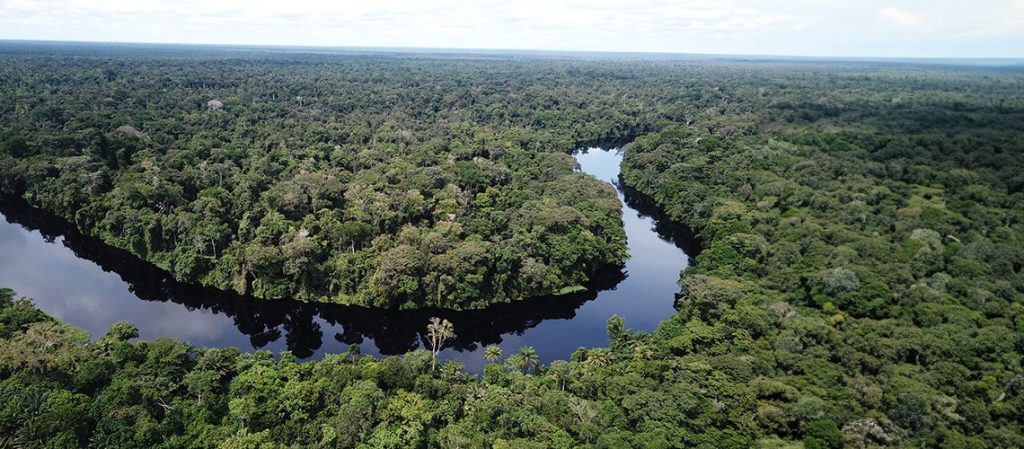
2. Odzala-Kokoua National Park: A Biodiversity Hotspot
Established in 1935, Odzala-Kokoua National Park is one of Africa’s oldest national parks and a UNESCO Biosphere Reserve. Spanning over 13,600 square kilometers, the park encompasses diverse ecosystems, including dense rainforests, savannas, and swamps. It is renowned for its population of western lowland gorillas, forest elephants, and a myriad of other wildlife species. Ecotourism initiatives, such as those by Kamba African Rainforest Experiences, offer guided treks that allow visitors to observe these animals in their natural habitat, promoting conservation and supporting local communities.
3. Nouabalé-Ndoki National Park: The ‘Last Eden’
Located in the northern part of the country, Nouabalé-Ndoki National Park is often referred to as the ‘Last Eden’ due to its pristine condition and lack of human interference. Covering over 4,000 square kilometers, the park is part of the Sangha Trinational, a UNESCO World Heritage Site shared with Cameroon and the Central African Republic. It serves as a sanctuary for a plethora of wildlife, including elephants, gorillas, and various bird species, and is a critical area for conservation efforts.
4. The Pygmy Peoples: Indigenous Inhabitants of the Forest
The Republic of the Congo is home to various Pygmy groups, such as the Aka, Baka, and Twa, who are among the oldest indigenous peoples of Central Africa. Traditionally living as hunter-gatherers in the dense forests, these communities have a profound knowledge of the local ecology and maintain rich cultural traditions, including music, dance, and storytelling. Despite their invaluable cultural heritage, Pygmy populations often face social and economic marginalization, prompting efforts to recognize and protect their rights and way of life.
5. Brazzaville and Kinshasa: The World’s Closest Capital Cities
The Republic of the Congo’s capital, Brazzaville, and the Democratic Republic of the Congo‘s capital, Kinshasa, are situated directly across from each other on the Congo River, making them the world’s closest capital cities. Separated by just about 1.6 kilometers, the two cities are connected by ferry services, and plans for a bridge have been discussed to enhance connectivity. This unique geographical proximity fosters cultural and economic exchanges between the two nations, despite their distinct colonial histories and political systems.
6. A History of Marxism: Africa’s First Marxist-Leninist State
Following a military coup in 1968, the Republic of the Congo adopted Marxism-Leninism, becoming Africa’s first Marxist state. Renamed the People’s Republic of the Congo, the country aligned itself with the Soviet Union and implemented socialist policies. This period saw significant political and social changes, including nationalization of industries and one-party rule. However, economic challenges and political unrest led to the eventual abandonment of Marxism in the early 1990s, transitioning the country back to a multiparty democracy.
7. Sapeurs: The Elegance of La Sape
La Société des Ambianceurs et des Personnes Élégantes (La Sape) is a cultural movement in the Republic of the Congo characterized by individuals known as ‘Sapeurs’ who dress in flamboyant and stylish attire. Originating in the 1920s, La Sape is more than fashion; it’s a form of expression and resistance, showcasing dignity and elegance despite economic hardships. Sapeurs often invest heavily in designer clothing, using their appearance to challenge stereotypes and assert cultural identity.
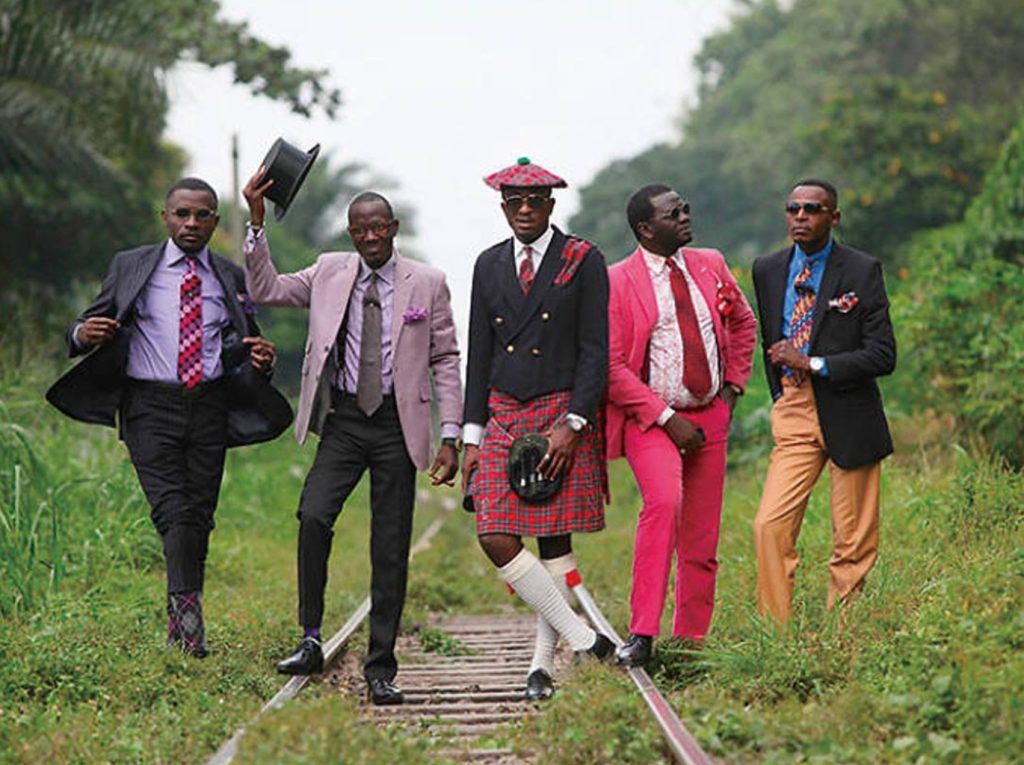
8. Economic Reliance on Oil and Emerging LNG Industry
The Republic of the Congo’s economy is heavily reliant on oil, which accounts for a significant portion of its GDP and export revenues. In recent years, the country has expanded into liquefied natural gas (LNG) production, with Italian energy company Eni launching the Nguya Floating LNG facility. This development aims to boost LNG exports and support domestic energy needs, marking a significant step in diversifying the nation’s energy sector.
These facets of the Republic of the Congo highlight its rich natural resources, cultural diversity, and historical significance, offering a deeper understanding of this Central African nation.
Subscribe to our Newsletter
Stay updated with the latest trends in African Pop Culture!

